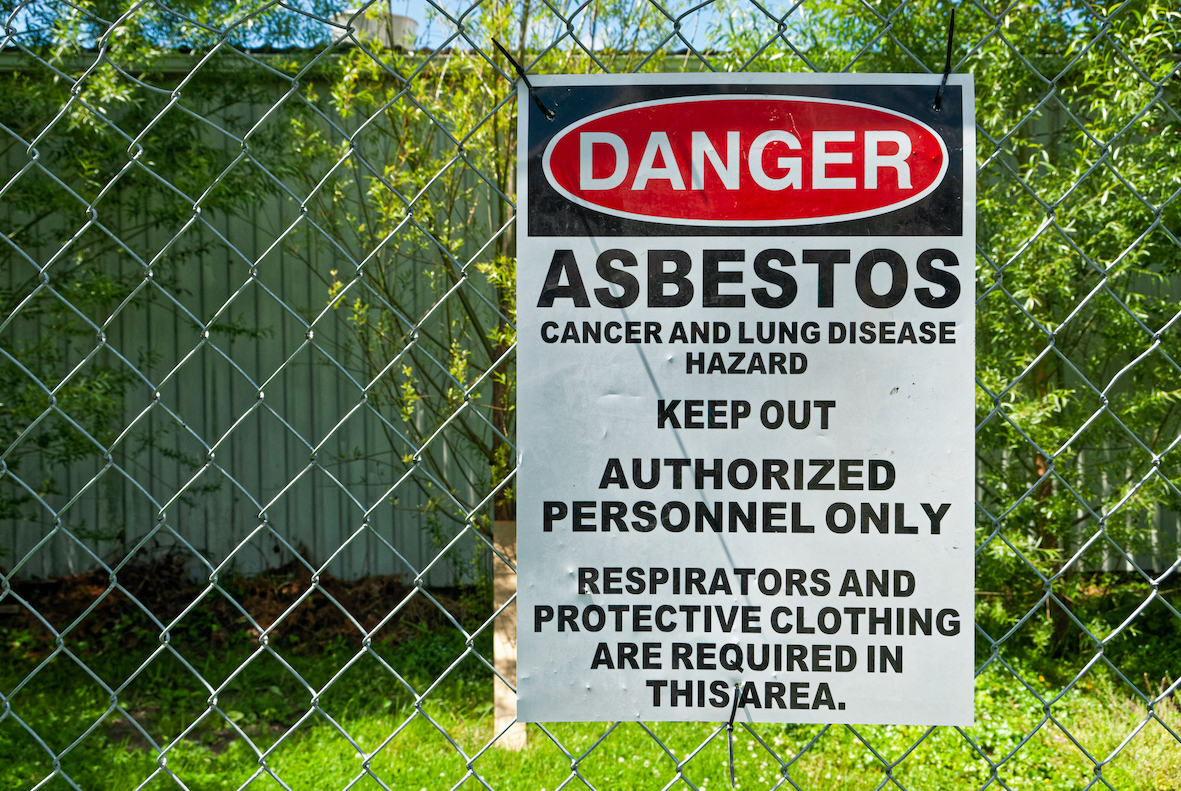 The rate of mesothelioma diagnosis has been dropping since a peak in the early 2000s but the decrease is driven by a reduction in males who have high rates of occupational exposure.
The rate of mesothelioma diagnosis has been dropping since a peak in the early 2000s but the decrease is driven by a reduction in males who have high rates of occupational exposure.
Concerningly, age-standardised incidence rates among females appear fairly stable, reflecting the different exposure patterns in men and women.
According to data from the Australian Mesothelioma Registry between 1982 and 2020, 78.5% of men compared to only 6.8% of women with mesothelioma had identified occupational exposure to asbestos.
The study, published in Occupational and Environmental Medicine [link here], also found mesothelioma mortality rates peaked in the early 2000s and have fallen fairly steadily since then.
Again, the decrease was observed in males whereas rates in females remained stable.
“Survival rates after diagnosis remain poor (<50% after 1 year) but there has been a small improvement (particularly in 1-year survival) over the past two decades, perhaps as a result of improved treatment, particularly for the non- pleural cases of mesothelioma and among carriers of the BAP1 and other germline mutations, which have a much-improved prognosis,” the study said.
The study said the fact that incidence and death rates have reduced for mesothelioma in men but not women would appear to be most likely explained by control of occupational asbestos exposure.
However environmental and household exposure to asbestos has not been totally eliminated.
“Asbestos-containing materials have been banned in Australia since December 2003, and it is now illegal to make, use or import it from another country,” the study said.
“However, a large amount of asbestos still remains in older structures and products, potentially exposing workers and/or the public to asbestos if ACMs are disturbed without appropriate control measures.”
The study noted that diagnosing mesothelioma among women has always been difficult and in the peritoneal type “because of the difficulty in distinguishing it from ovarian tumours histopathologically.”
The study was led by Dr Karen Walker-Bone, Director of the Monash Centre for Occupational and Environmental Health. The data was also presented recently at the Australian Lung Cancer Conference.